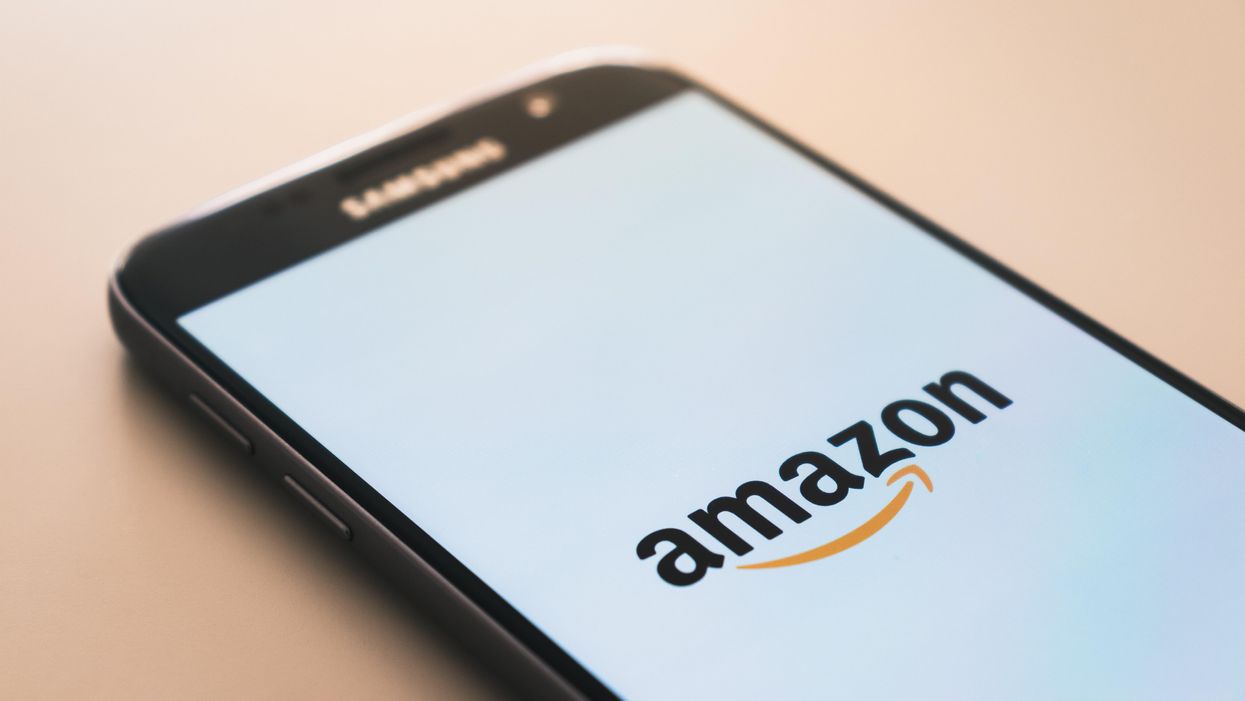Fake reviews have been a yearslong problem in ecommerce to the point that illicit product ratings obtained in exchange for payment have created a marketplace of their own. As this activity became more well-documented over the last several years, Amazon has filed lawsuits to address the issue. Now, the Federal Trade Commission (FTC) is weighing additional action of its own.
According to a news release, the FTC on Thursday voted to open up public comment on a proposed rule that would “combat deceptive or unfair review and endorsement practices.” This would include practices such as fake reviews, suppressing negative reviews and paying for positive reviews.
Following a 3-1 vote, the FTC initiated publication of an Advance Notice of Proposed Rulemaking (ANPR) that seeks public comment on potential harms that such practices cause, as well as whether a rule would help consumers and “create a level playing field for honest marketers.”
“Companies should know by now that fake reviews are illegal, but this scourge persists,” said Samuel Levine, director of the FTC’s Bureau of Consumer Protection, in a statement. “We’re exploring whether a rule that would trigger stiff civil penalties for violators would make the market fairer for consumers and honest businesses."
Exploiting ecommerce growth
Fake reviews prey on a key area of the ecommerce shopper experience: The availability of crowdsourced product reviews from people who have used a product. Amazon began including unbiased reviews on product pages in its earliest days, as founder Jeff Bezos argued that providing an authentic viewpoint was a key way that the site could help customers make decisions about a product that they could not otherwise inspect and hold in their hands.
It turned out to be a prescient move. Reviews have since become widely used, and are especially important for smaller brands seeking to build credibility. In a Pew Research study from 2016, roughly eight-in-ten Americans said they consult online ratings and reviews when buying something for the first time.
Ecommerce growth meant more new sites with more reviews. As marketplaces continue to expand, there will likely be more reviews. For instance, Albertsons implemented reviews on its ecommerce stores this year. But the illicit actors realized that it was possible to game the system. They set up incentive structures that paid people to buy a product, and leave a review that wasn’t true.
“The rapid growth of online marketplaces and platforms has made it easier than ever for some companies to create and use fake reviews or endorsements to make themselves look better or their competitors look worse. It can be difficult for anyone—including consumers, competitors, platforms, and researchers—to distinguish real from fake, giving bad actors big incentives to break the law,” the FTC wrote in its press release.
Illicit actors, in turn, have manipulated this process to drive sales. A recent study published in the INFORMS journal Marketing Science found that marketers selling on Amazon, Walmart, Wayfair and other marketplaces purchase fake reviews. The study looked at fake reviews on Amazon, and found that they had an impact on sales and ratings of the brands.
“For the products in our research observed buying fake reviews, roughly half of their reviews were eventually deleted, but the deletions occurred with an average lag of over 100 days, allowing sellers to benefit from the short-term boost in ratings, reviews and sales. Almost none of the sellers purchasing fake reviews were well-known brands,” said Davide Proserpio of the Marshall School of Business at the University of Southern California, a co-author of the study with Sherry He and Brett Hollenbeck of the UCLA Anderson School of Management.
Amazon's action
Amazon has taken action to root out the problem. The latest example came at the same time as the FTC meeting on Thursday, as the company announced it filed criminal complaints in Italy and Spain against brokers of fake reviews. The company has filed a total of 10 lawsuits in the US, including one in July targeting Facebook Groups where arrangements for the fake reviews are made, and another in February against two companies that orchestrate fake reviews across multiple marketplaces. It also sent a cease and desist to five websites in Germany that were directing visitors to a fake review broker, and the site operators have since complied.
“Holding bad actors accountable through litigation and criminal referrals is one of many important ways that we protect customers so they can shop with confidence,” said Dharmesh Mehta, Amazon VP of selling partner services, in a statement. “In addition to continuing to advance our robust detection and prevention of fake reviews in our store, Amazon will remain relentless in identifying and enforcing against bad actors that attempt to engage in review abuse.”
The FTC has been sending signals that it would bring more enforcement, as well. In 2021, it issued a warning to marketplaces such as Amazon, Walmart, Target and “an array of large companies, top advertisers, leading retailers, top consumer product companies and major advertising agencies." It aimed to put companies on notice that they could face fines of up to $43,792 per violation if deceptive practices were found to be in use. In January, it took enforcement step against Fashion Nova, ordering the site to pay $4.2 million for suppressing negative customer reviews on its website.
“These practices don’t only harm the consumers who place their trust in fake reviews,” said Khan, in a statement issued at the meeting. “They also pollute the marketplace and put honest businesses at a competitive disadvantage.”
The publication of the advanced notice this week marks an escalation. FTC Chairwoman Lina Khan said the rule “could enable us to obtain civil penalties and return money to consumers injured as a result of deceptive or unfair reviews and endorsements.”
It is expected to be published “shortly,” according to the FTC, and the public will then have 60 days to comment.
A dissenting view
Commissioner Christine S. Wilson opposed the publication, and was the lone dissenting voice on Thursday.
In a statement, Wilson said she “agrees that these practices are unlawful,” but questioned whether additional rulemaking was the best use of FTC resources when it has already made other enforcement tools available, and added that “the harm that results from the deception at issue is speculative in nature.”
“Rather than churning out another proposed rule, perhaps we should stay the course on these initiatives and devote the incremental resources to enforcement in other critical areas,” Wilson said. Wilson called on the commission to pay more attention instead to enforcing the Opioid Addiction Recovery Fraud Prevention Act, which inflicts penalties on bogus treatment programs.
“The opportunity cost of yet another rulemaking should not be understated,” Wilson said.
Here is the complete list of practices that the proposed rule would address:
Fake reviews: These include reviews and endorsements by people who do not exist or have not used the product or service or who lie about their experiences.Review reuse fraud: Some sellers hijack or repurpose reviews posted about another product or service.Paid reviews: Marketers may pay for positive reviews about their products or negative reviews about competitors’ products.Insider reviews: These include reviews written by a company’s executives or solicited from its employees that don’t mention their connections to the company.Review suppression: Companies might claim that their websites display all reviews submitted by customers when they suppress negative reviews or attempt to suppress reviews on other platforms by threatening the reviewers.Fake review websites: This is when a seller sets up a purportedly independent website or organization to review or endorse its own products.Buying followers: This involves buying or selling followers, subscribers, views, or other indicators of social media influence.











